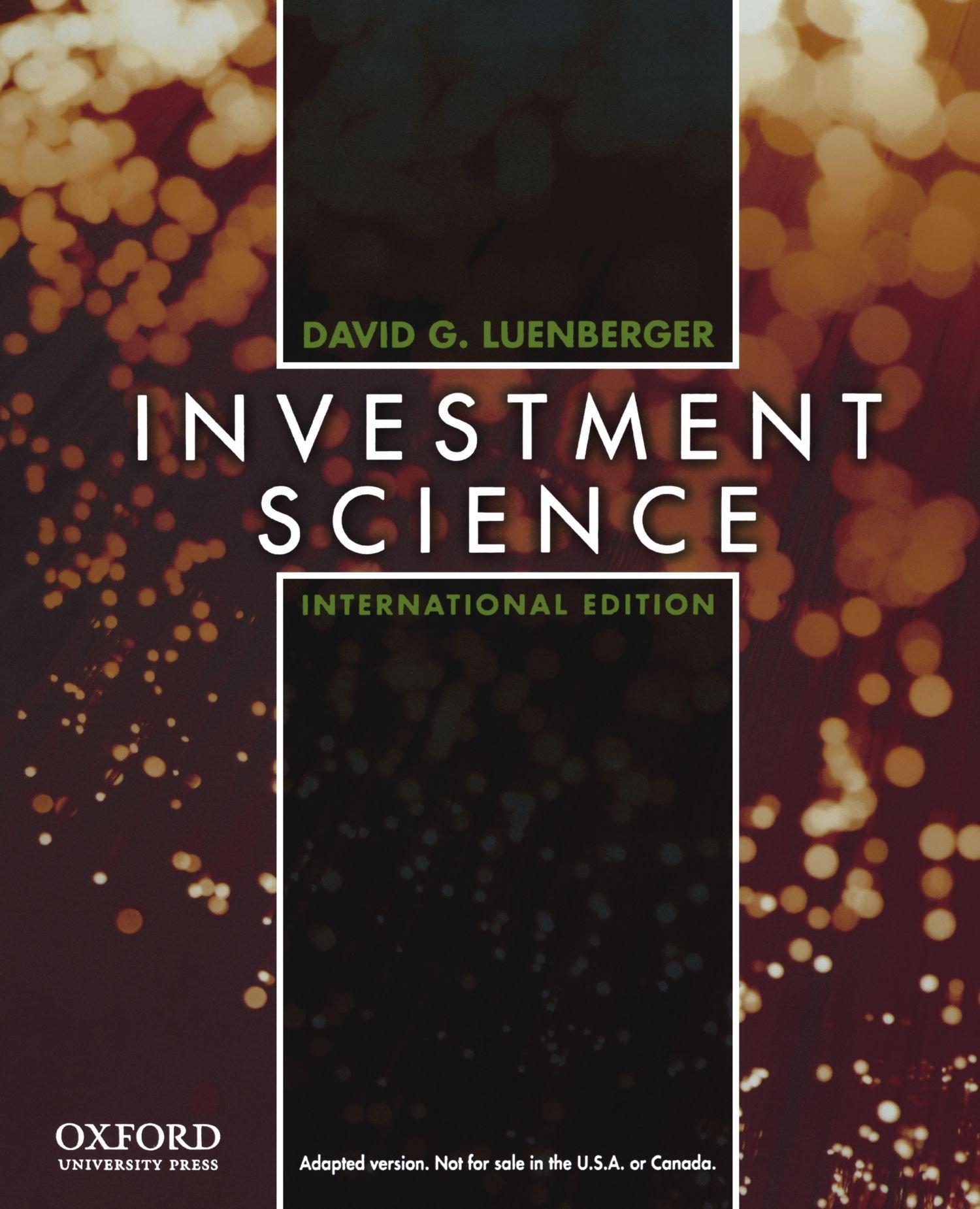Answered step by step
Verified Expert Solution
Question
1 Approved Answer
1 1 . 4 - 2 . Imagine that you have $ 5 , 0 0 0 to invest and that you will have an
Imagine that you have $ to invest and that you will have an opportunity to invest that amount in either of two investments or B at the beginning of each of the next years. Both investments have uncertain retums. For investment A you will either lose your money entirely or with higher probability get back $a profit of $ at the end of the year. For investment you will get back either just your $ or with low probability $ at the end of the year. The probabilities for these cvents are as follows:
tableInvestmenttableAmountReturned $Probability
You are allowed to make only at most one investment each year, and you can invest only $ each time. Any additional money accumulated is left idle.
a Use dynamic programtning to find the investment policy that maximizes the expected amount of money you will have after years.
b Use dynamic programming to find the investment policy that maximizes the prohability that you will have at least $ afier years.

Step by Step Solution
There are 3 Steps involved in it
Step: 1

Get Instant Access to Expert-Tailored Solutions
See step-by-step solutions with expert insights and AI powered tools for academic success
Step: 2

Step: 3

Ace Your Homework with AI
Get the answers you need in no time with our AI-driven, step-by-step assistance
Get Started


